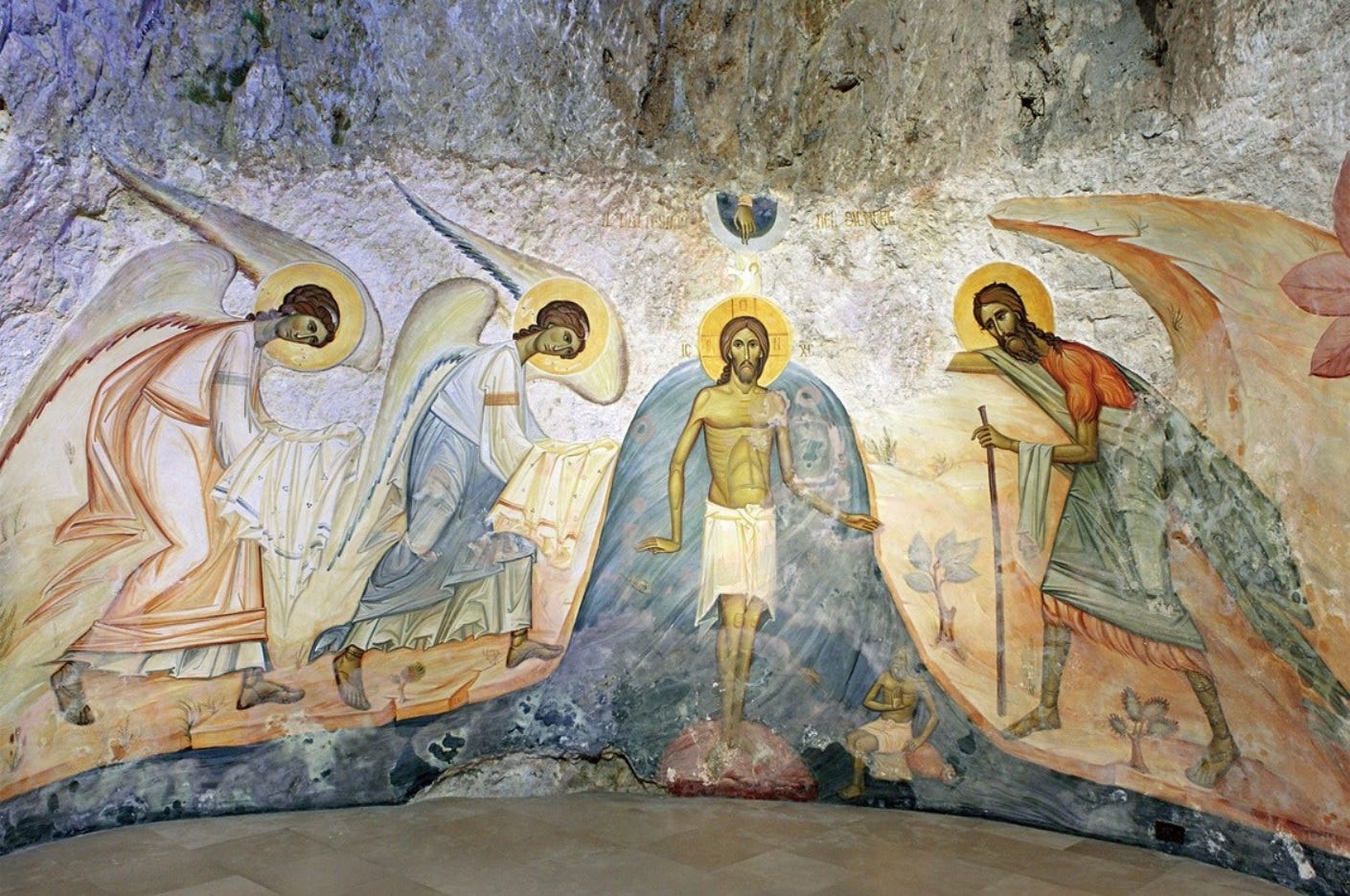Every year, the church in her wisdom will not allow us to make our way to the manger without first hearing once again from the Messiah’s Forerunner:
“John the baptizer appeared in the wilderness, proclaiming a baptism of repentance for the forgiveness of sins. And people from the whole Judean countryside and all the people of Jerusalem were going out to him, and were baptized by him in the river Jordan, confessing their sins. Now John was clothed with camel's hair, with a leather belt around his waist, and he ate locusts and wild honey. He proclaimed, "The one who is more powerful than I is coming after me; I am not worthy to stoop down and untie the thong of his sandals. I have baptized you with water; but he will baptize you with the Holy Spirit."“
John the Baptist is a prominent and essential character not only in the Gospels but in the church’s liturgy, art, and iconography. Like a familiar painting that has hung on the wall so long its beauty and detail no longer elicit astonishment, during Advent the church often rushes past John the Baptist without attending to the remarkable implications of the evangelists’s presentation of him.
The fact is as simple as it is straightforward, yet the church seldom notices it:
John baptized Jesus.
But John did not become a disciple of Jesus.
John the Baptist had a different vocation than discipleship.
Keep reading with a 7-day free trial
Subscribe to Tamed Cynic to keep reading this post and get 7 days of free access to the full post archives.




